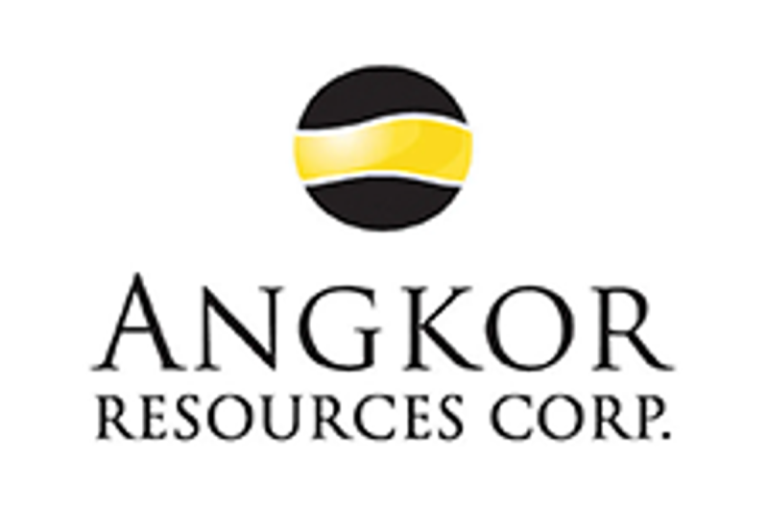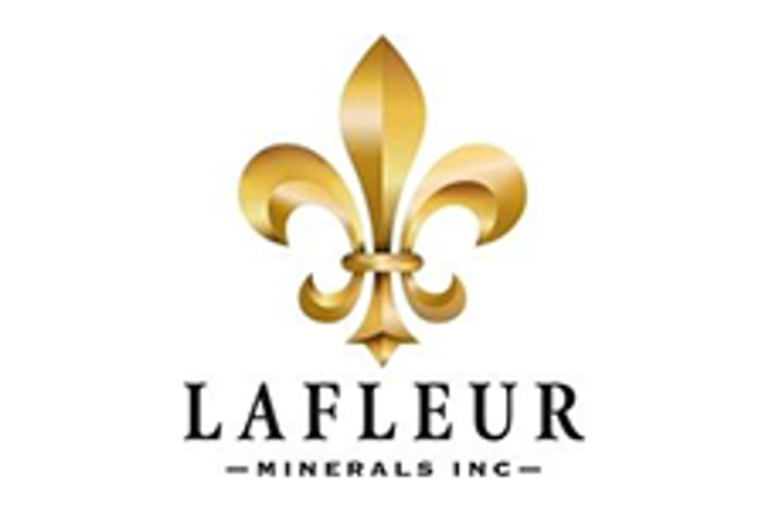Democrat Abigail Spanberger defeated Republican Winsome Earle-Sears to win the Virginia governor’s race, tallying significant leads among reliable Democratic groups while capitalizing on economic worries and the deep unpopularity of President Donald Trump in the state.
Spanberger will be the first woman to hold the office in the Old Dominion State.
The former Virginia congresswoman replaces term-limited Republican Governor Glenn Youngkin, who was the first Republican to win a statewide election in Virginia in 12 years when he was elected in 2021. That race surprised many in that it was much closer than the 2020 presidential race the year before, when Joe Biden defeated Trump by 10 points. This year it was the other way around, with Spanberger well exceeding the 2024 presidential margin that saw Harris over Trump by only six points.
Trump was undoubtedly a factor in the race, even though he wasn’t on the ballot. Close to six in 10 Virginia voters disapproved of the job he is doing, while more than half said they strongly disapprove. The vast majority of these voters backed Spanberger.
Two-thirds of Spanberger supporters said their vote was expressly to show opposition to the president. That compares to about one-third of those backing current Lt. Governor Earle-Sears who said theirs was to show support.
Aside from those sending a signal of opposition to Trump, Spanberger’s strong appeal to Black voters, college graduates and the young was more than enough to offset Earle-Sears’ strength among White men, White evangelicals and those with no college degree, according to near-final data from the Fox News Voter Poll, a survey of more than 4,000 Virginia voters.
Not even the prospect of voting for the first Black woman governor of any state seemed to move Black voters, who backed Spanberger by about a nine to one margin.
Spanberger also benefited from a significant gender gap. Indeed, 65% of women backed her compared to 35% for Earle-Sears, a 30-point advantage; and men supported Earle-Sears by 4 points (48% for Spanberger, 52% Earle-Sears) – leaving a gender gap of 34 points, one of the largest in recent memory.
Neither party is very popular in the state, half of voters said they have an unfavorable opinion of Democrats, and more than half felt that way about Republicans.
Between the two candidates, however, Spanberger garnered a net-positive rating – more than half had a favorable opinion of her – compared to Sears, and more than half viewed her unfavorably.
Voters continue to be happy with Youngkin. More than half approved of the job he is doing as governor.
The top characteristic Virginia voters wanted in a candidate was someone who shares their values, followed by someone who is honest and trustworthy.
Values voters broke for Earle-Sears while Spanberger carried those looking for honesty.
Spanberger focused heavily on the economy during the campaign, specifically banging home the deleterious effects that Trump administration efforts to upend government in D.C. are having on Virginia, home to a large number of federal workers.
More than six in 10 of those federal employees backed Spanberger.
The economy was by far the top issue for Virginia voters – with close to half ranking it as the most important. Those voters broke significantly for Spanberger.
Healthcare was the second most important concern – another issue Spanberger hit hard in the wake of the federal government shutdown and people facing the possible loss of health benefits.
Those voters who said healthcare was their number one issue went overwhelmingly for Spanberger – by about four to one.
Overall, Virginia voters – about six in 10 – think the economy is doing pretty well. Those voters backed Earle-Sears.
But when it comes to their own family’s finances, most said they were either holding steady or falling behind. Both of those groups went for Spanberger.
And of the six in 10 voters who said the federal budget cuts had affected their family finances, they backed Spanberger as well.
Two issues that got significant attention from Earle-Sears in the campaign were controversies about trans rights, and the disclosure of violent texts from the Democratic candidate for attorney general.
Fewer than half of voters found the texts sent by Democrat Jay Jones, threatening a fellow lawmaker, disqualifying from the job of attorney general. Those who did broke strongly for Earle-Sears.
The rest, though – who said the texts were concerning but not disqualifying, were not a concern, or who simply didn’t know enough – went strongly for Spanberger.
It was suspected that some voters might split their votes, backing Spanberger for governor but Republican Jason Miyares for attorney general. That did not happen. Those Democrats defecting to Miyares remained in the single digits, and Jones was declared the winner.
On transgender rights, voters have mixed views. Half said support has gone too far – the position Earle-Sears took, with special emphasis on its effect on schools and girls’ sports. The other half, however, said support has not gone far enough, or it’s been about right.
Those who said it’d gone too far backed Earle-Sears by almost four to one, while those who disagreed went hard for Spanberger.
In the end, the headwinds of Trump’s unpopularity and the ire of the vast number of federal workers in the state was too much for Earle-Sears to overcome.
Only about a third of Virginia voters are happy with the direction the country is going, and while these voters overwhelmingly backed Earle-Sears, the other two-thirds went big for Spanberger. Of the four in 10 who are actually angry about how things are going, almost all of them – more than nine in 10 – backed Spanberger.
Asked about Trump’s immigration enforcement efforts, more than half say it has gone too far, and, perhaps not surprisingly, most of these voters backed Spanberger.
Almost all Democrats voted for Spanberger, as did a few Republicans. Earle-Sears was unable to generate any sort of crossover appeal, while winning most Republicans. The small group of independents favored Spanberger.
The Fox News Voter Poll is based on a survey conducted by SSRS with Virginia registered voters. This survey was conducted October 22 to November 4, 2025, concluding at the end of voting on Election Day. The poll combines data collected from registered voters online and by telephone with data collected in-person from Election Day voters at 30 precincts per state/city. In the final step, all the pre-election survey respondents and Election Day exit poll respondents are combined by adjusting the share of voting mode (absentee, early-in-person, and Election Day) based on the estimated composition of the state/city’s final electorate. Once votes are counted, the survey results are also weighted to match the overall results in each state. Results among more than 4,500 Virginia voters interviewed have an estimated margin of sampling error of plus or minus 2.1 percentage points, including the design effects. The error margin is larger among subgroups.
This post appeared first on FOX NEWS










